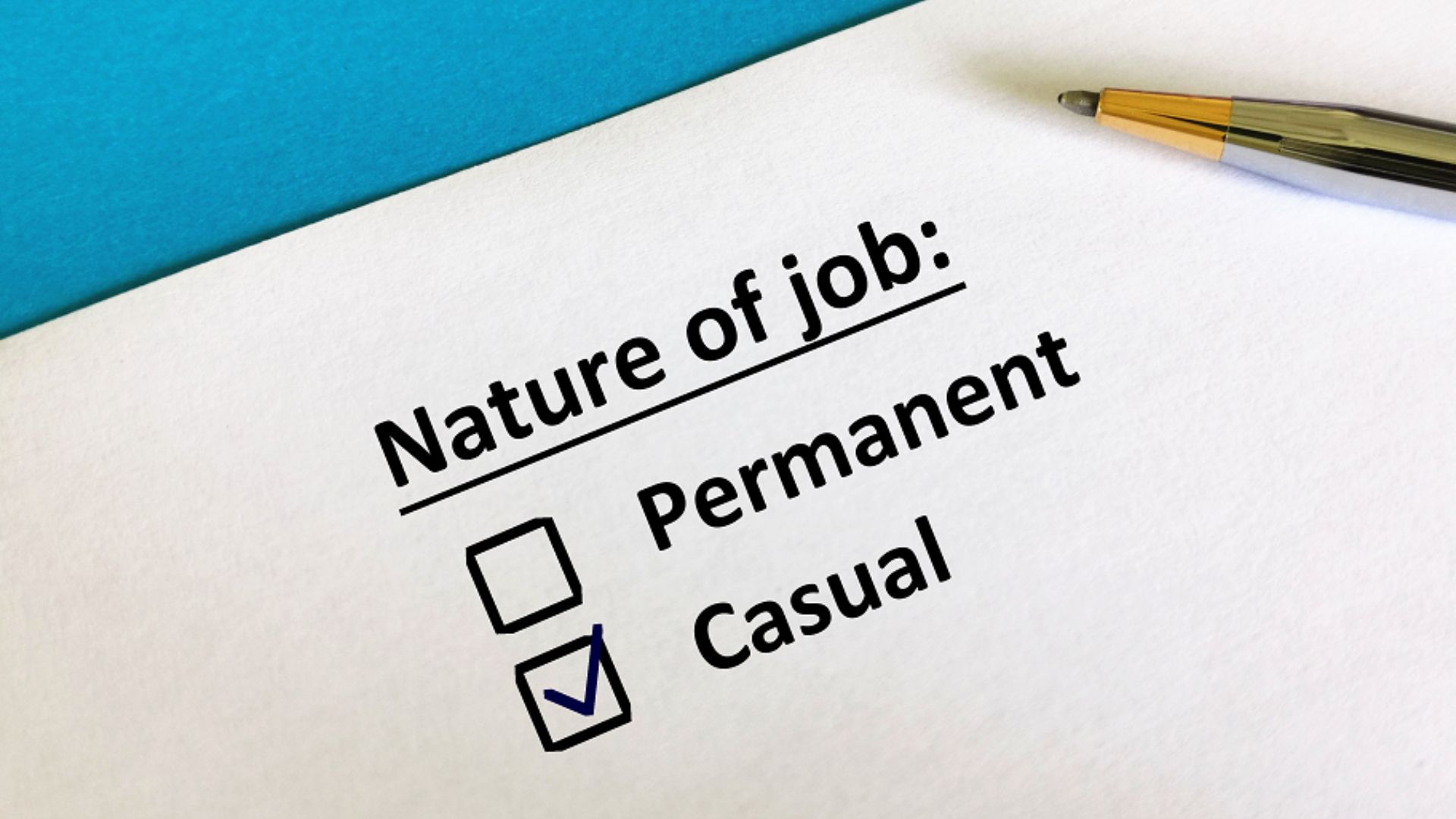We have noticed a lot of first home buyers are confused about how banks and smaller lenders determine exactly how much you can afford to borrow for your first home. Unfortunately, it isn’t quite as simple as looking at your income & liabilities and giving you a maximum loan amount based on these two factors.
In this feature article, we take a look at what your broker or lender need to take into consideration when assessing what your maximum borrowing capacity is, enabling you to buy your first home with confidence.
Disclaimer: This article is general nature and should not be relied upon. FHBA is not qualified or licensed to recommend locations for your first home. If you do not know where you want to buy your first home you should speak to a licensed professional.
Income (Revenue)
It is almost impossible to get your first home loan without a source of income, therefore this is one of the most important requirements. Most lenders will take 100% of your base salary/wage or your net profit (if you are self-employed) into consideration when determining your borrowing capacity. If you earn other types of income (those listed below) then some lenders may only use a proportion of that income as that income may be inconsistent from pay period to pay period. These income types include:
- Allowances – e.g. car or travel allowances
- Bonuses – e.g. one-off extra payments due to good performance
- Casual Income – whilst most lenders will use 100%, some will only consider a portion if you haven’t been employed for long
- Commissions – most lenders will consider 100% if it is consistent over numerous years
- Contract income – again most lenders will consider 100% if it is consistent over numerous years, albeit with different employers
- Maternity leave – some lenders will consider a return to work letter and take 100% of that income into account
- Over time – this varies based on industry of employment
- Second jobs – if you have only been in your second job for less than a year, some lenders may only consider a portion of the income from the second job
Want to determine if your income qualifies for a home loan or what proportion of your income lenders will use when assessing your borrowing capacity? Simply complete the form at the bottom of this page to speak to a FHBA Coach (complimentary service)
Liabilities (Commitments)
In addition to looking at your income, your broker/lender will also review your current commitments, which includes the following:
- Personal loans
- Car loans
- Credit card limits
- HECS Debts
- Any other loan payments such as child support
These ongoing liabilities will be deducted from your available income mentioned above – if you can show a good repayment history (with no missed payments) on your current loans will usually result in a greater borrowing capacity. Are you concerned about your current loans and repayments impacting on your ability to borrow for your first home? An FHBA Coach is qualified to provide advice in relation to debt consolidation and/or which debts you should target to pay off first.

Living Expenses
When working out your borrowing capacity, a lender will also look at your living expenses. Your broker/lender is required to ask what your living expenses under their compliance requirements. If your living expenses declared are below the bank’s minimum prescribed limit then the lender will use the higher figure in your borrowing power calculation. There are two indicators that Australian lenders use to calculate the living expenses of mortgage applicants; the Household Expenditure Measure (HEM) and the Henderson Poverty Index (HPI). The minimum living expenses vary according to the number of people in your family (i.e. adults & dependants).
Your broker/lender will ask for an estimate of your monthly living expenses in the following categories:
- Telephone, Internet, Pay TV & Streaming Services
- Groceries
- Recreation & Entertainment
- Clothing & Personal Care
- Medical & Health (excluding Health Insurance)
- Transport
- Education
- Childcare
- Insurance
It is important to be accurate & honest with these estimates as some lenders may seek further substantiation by requesting your bank statements or credit card statements. Your FHBA Coach can assist by providing you with a budgeting tool that allows you to input all of your expenses.
Deposit (Down payment)
The more money you have in savings to contribute to your first home deposit, the easier it will be to obtain finance and increase your borrowing capacity. Lenders like to see that you are able to save money over a period of time, referred to as “genuine savings”.
As lenders take on additional risk when lending more than 80%, as evidenced by the “Lenders Mortgage Insurance” premium, some may require first home buyers to have more wiggle room between their income, expenses & mortgage repayments. Therefore, a lower deposit does mean your borrowing capacity reduces, especially if you have less than 5% in the form of a deposit.
Assessment Rate
A lot of aspiring first home buyers may not be aware of the fact that lenders don’t consider the current interest rate they are offering you when determining your borrowing capacity. They will actually assess you at a higher assessment (also referred to as the ‘floor’) rate as a way of ensuring you will be able to maintain your repayments if interest rates rose to a much higher level.
Most lenders will add at least 2-3% points to the Standard Variable Rate (SVR), it is important to note that the SVR is usually higher than the discounted interest rates lenders are able to provide. As of September 2017, the assessment rates range from 5.79% to 8% – as you can see the gap is quite significant between the lowest and highest rate. This shows the importance of using a broker to assist you with comparing different home loan options & lenders, the ‘assessment rate’ factor is the main driver of differences in borrowing capacity rates between Australian lenders.
The assessment rate is another reason why first home buyers should NOT rely on the generic borrowing power calculators that you see on the internet from time to time!
What should first home buyers do?
As you can see from the above, there are many factors that lenders take into consideration when determining the maximum, they will be able to lend to a first home buyer. There are also some significant differences in what portion of your figures/information they will include. For first home buyers, it is not a good idea to guess which lenders will lend more, therefore we suggest first home buyers speak to an expert first home buyer broker/coach to assist in advising which lender would be the best for your circumstances – A broker’s services are 100% complimentary!
Look at getting pre-qualified for your first home loan here.
To book your complimentary session with a FHBA Coach, please complete the below form:
Disclaimer: The information on our website including this page is general in nature and should be solely relied upon. The advertised rates above were true and correct at the time of the publication. The rates do not take into account other fees and charges which you should also consider. The credit license responsible for the mortgage service offered to clients is Mortgage Australia Group Pty Ltd, Australian Credit License (ACL) number 377294, Australian Business Number (ABN) 99 091 941 749. Mortgage Australia Group Pty Ltd is a member of the Mortgage & Finance Association of Australia (MFAA). FHBA Pty Ltd is an authorised credit representative of Mortgage Australia Group Pty Ltd. You should seek professional advice when obtaining finance and purchasing your first property.
Written By,
First Home Buyers Australia


